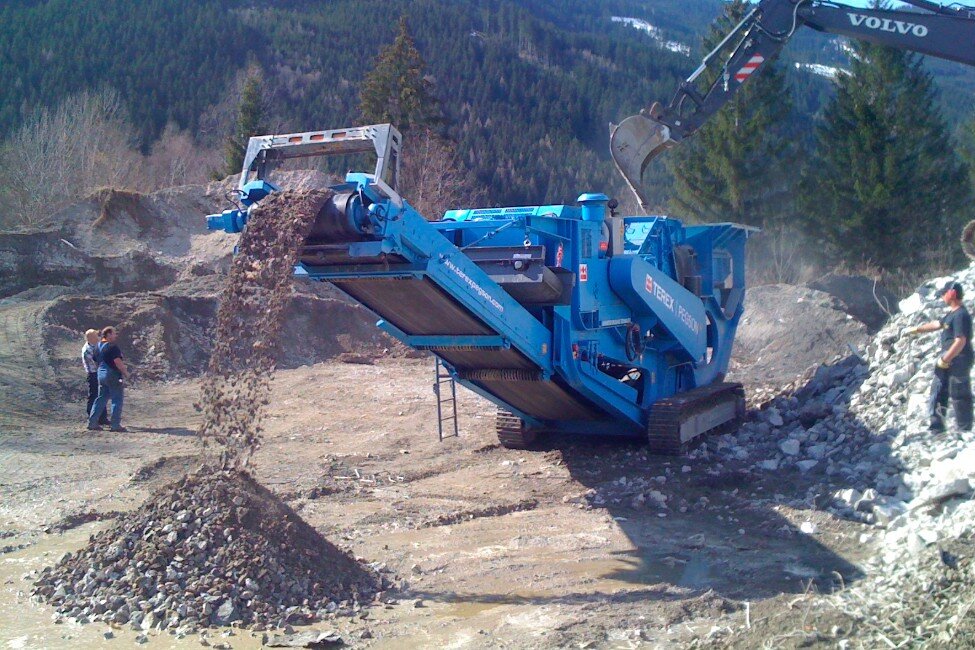Belt Scale Installation Considerations
So you are getting a belt scale…or you already bought one. Here are some things you need to consider when installing it.
Belt Scale Location:
First off, NEVER install a belt scale near the hopper dump or material load point. The belt in this area will be turbulent and this will affect accuracy and performance of the scale. If at all possible, you should place the belt scale in an area where the conveyor belt has completely settled. You generally want three to four idlers on each side of the scale to make it as smooth as possible. Installing the belt scale near the head pulley or the tail pulley can cause similar accuracy and performance issues.
In addition, you should choose a location on the belt that has constant tension. Constant tension improves accuracy and overall performance. If possible, installing the scale near the tail section of the conveyor helps to eliminate tension variations. Many conveyors have tensioning devices to eliminate tension issues on the whole conveyor system.
Lastly, you should avoid installing the scale on steep areas and areas where the conveyor changes slope. Steep areas increase the chance of material rolling backwards which would impact the weighments. Curved locations may cause the belt to lift up when empty.
Other considerations:
Inclement weather can cause major issues with belt scales. For one, freezing temperatures and moisture can cause ice and frost to build-up on the belt scale. Rain can mix with the material and add weight to the measurement. Wind can cause turbulence in the belt if the material is not very heavy. If possible, we recommend that you cover your belt scale with a conveyor cover if possible.
Crusher, vibratory feeders, hammer/pug mills and other vibratory equipment should be avoided as well. If possible, the belt scale should be isolated from vibratory equipment and any / all electrical noise.
Power – think about what type of power is going to power the scale integrator (aka indicator; aka scale head). The common types of power are 120VAC, 240VAC, 12-24DC. In addition to the power, running conduit is an important part of belt scale installation. Conduit is required for the power cables as well as the homerun cable that connects the scale to the integrator.
These are just a few considerations you should think about before installing your belt scale.
Closing Words
At American Scale we strive to bring you informed and useful content on all things scale related. Be sure to check out our legal for trade truck scale system articles about truck scale foundation or how much do truck scales cost. We even have a guide to warranties. We also have articles on scale accessories, common problems to prolong your scales lifespan, weighing applications as well as what scale indicator works best with your junction box. To learn more about bench scales, it would be good to check out our other articles such as “Bench Scale Basics'' and “How Much Does A Bench Scale Cost?”. These articles will help with the basics of bench scale ownership.


